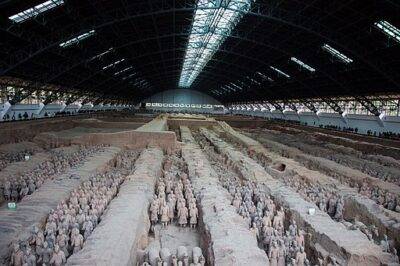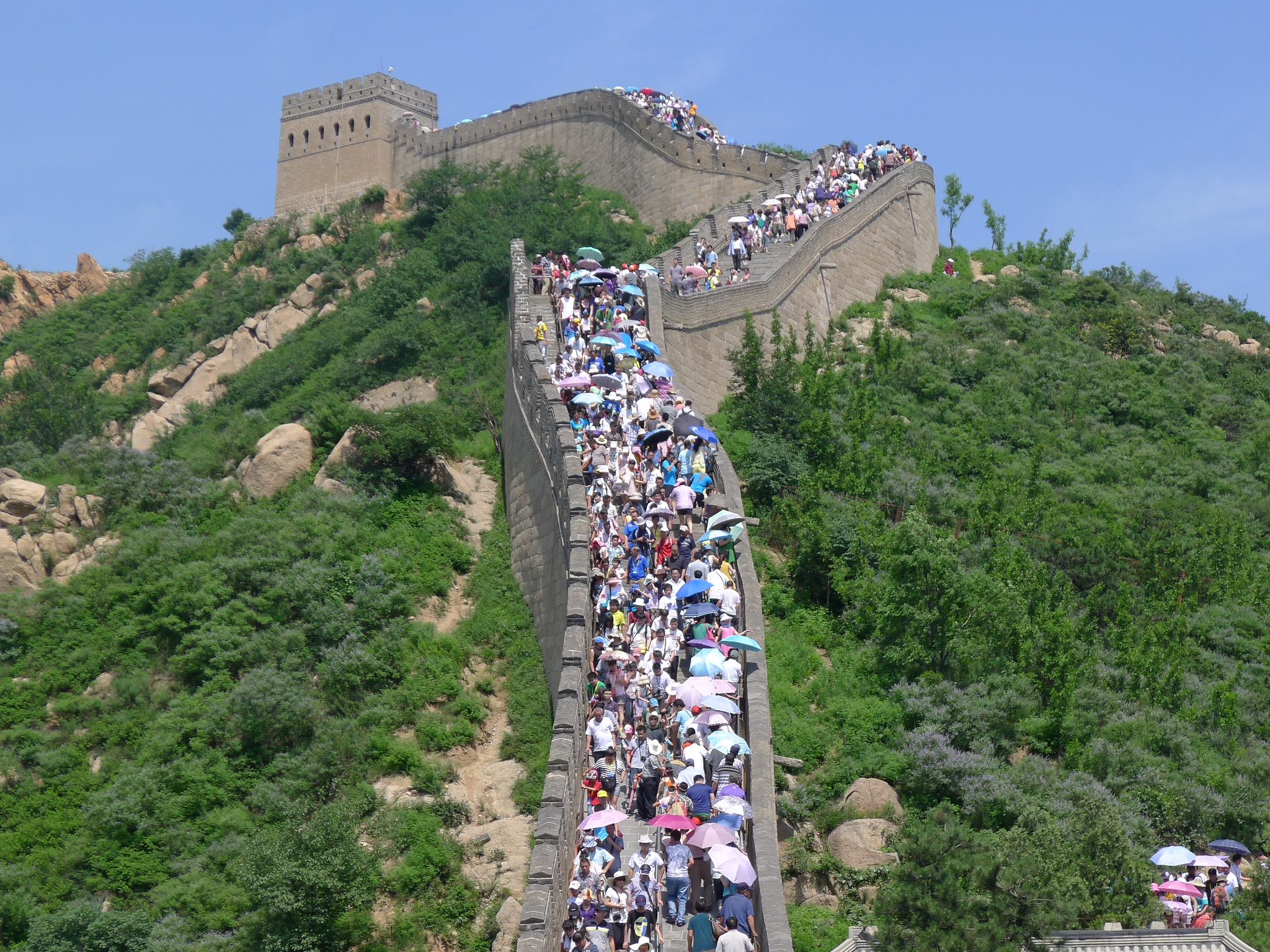
This article delves into the complexities of preserving China’s cultural heritage and the multifaceted approaches taken to safeguard it.
China’s cultural heritage is a vast and invaluable repository of ancient art, architecture, literature, and traditions that span millennia.
The preservation of this heritage faces numerous challenges, but concerted efforts by the Chinese government, international organizations, and local communities are ensuring that these treasures endure for future generations.
The Rich Tapestry of China’s Cultural Heritage
China’s cultural heritage is one of the most extensive and diverse in the world.
It encompasses ancient historical sites, traditional festivals, intangible cultural practices, and artifacts that date back thousands of years.
From the majestic Great Wall to the intricate Terracotta Army, China’s heritage is a testament to its long and storied history.
Architectural Marvels
Ancient Chinese architecture is renowned for its unique style, which includes pagodas, temples, and imperial palaces.

Structures like the Forbidden City in Beijing and the Summer Palace are not only architectural masterpieces but also repositories of historical and cultural significance.
Historical Sites and Relics
China is home to numerous UNESCO World Heritage sites, including the Mogao Caves, the Longmen Grottoes, and the Yungang Grottoes.

These sites contain invaluable Buddhist art and scriptures that provide insight into ancient Chinese religious practices and artistic achievements.
Intangible Cultural Heritage
China’s intangible cultural heritage includes traditional music, dance, craftsmanship, and oral traditions.
Practices such as calligraphy, Peking Opera, and Chinese medicine are integral to the cultural identity of China.
Challenges in Preserving China’s Cultural Heritage
The preservation of China’s cultural heritage is fraught with challenges.
These challenges stem from urbanization, environmental degradation, tourism, and lack of awareness.
Urbanization and Development
Rapid urbanization in China has led to the destruction of historical sites and traditional neighborhoods.
The expansion of cities often encroaches on ancient monuments and buildings, leading to their neglect or demolition.
Environmental Factors
Environmental issues such as air pollution, climate change, and natural disasters pose significant threats to the preservation of cultural heritage.
Acid rain and pollution accelerate the deterioration of ancient buildings and artifacts, while climate change affects the stability and integrity of historical sites.
Impact of Tourism
While tourism can generate revenue for conservation efforts, it can also lead to overcrowding and wear and tear of historical sites.

Popular destinations like the Great Wall and Lijiang Old Town face challenges in balancing tourist influx with preservation efforts.
Lack of Awareness and Education
A lack of awareness and appreciation for cultural heritage among the public can lead to neglect and improper handling of historical artifacts and sites.
Education and outreach programs are essential to fostering a sense of responsibility and pride in preserving cultural heritage.
Conservation Efforts and Strategies
In response to these challenges, various conservation efforts and strategies have been implemented.
These efforts involve government policies, international collaboration, and community participation.
Government Initiatives
The Chinese government has enacted several laws and regulations aimed at protecting cultural heritage.
The Cultural Relics Protection Law and the establishment of the State Administration of Cultural Heritage are pivotal in overseeing and enforcing preservation efforts.
Funding for conservation projects has also been increased, allowing for the restoration and maintenance of historical sites.
International Collaboration
International organizations such as UNESCO and ICOMOS have played crucial roles in supporting China’s heritage preservation.
Collaborative projects and funding have facilitated the conservation of sites like the Dunhuang Mogao Caves and the Temple of Heaven.
Technological Advancements
Advancements in technology have revolutionized the field of cultural heritage conservation.
Techniques such as 3D scanning, digital archiving, and geographic information systems (GIS) are employed to document and preserve historical sites with precision. These technologies enable virtual reconstructions and detailed analyses, aiding in restoration and educational efforts.
Community Involvement
Local communities are integral to the success of conservation efforts. Community-led initiatives and public participation ensure that preservation projects are sustainable and culturally sensitive.
Programs that involve local artisans and craftsmen in restoration projects help maintain traditional skills and practices.
Case Studies of Successful Conservation
Several successful conservation projects highlight the effectiveness of combined efforts in preserving China’s cultural heritage.
The Forbidden City
The restoration of the Forbidden City in Beijing is a prime example of successful conservation.
Through meticulous planning and international cooperation, this iconic site has been preserved for future generations, maintaining its historical integrity and grandeur.
The Mogao Caves
The Mogao Caves in Dunhuang, a UNESCO World Heritage site, have been conserved through a combination of modern technology and traditional methods.

The Dunhuang Academy, in collaboration with international partners, has implemented innovative techniques to preserve the delicate murals and statues.
Ancient Villages in Southern Anhui
The ancient villages of Xidi and Hongcun in Southern Anhui are exemplary in community-driven conservation.
Local residents, with government and international support, have restored traditional houses and infrastructure, promoting cultural tourism and economic development.
Future Directions in Heritage Preservation
The future of China’s cultural heritage preservation lies in sustainable practices, continuous innovation, and global cooperation.
Emphasizing education and awareness will ensure that younger generations value and protect their heritage.
Sustainable Tourism
Developing sustainable tourism models that balance economic benefits with conservation needs is crucial.
Implementing measures such as visitor limits, eco-friendly infrastructure, and cultural education programs can mitigate the adverse effects of tourism.
Education and Outreach
Educational initiatives that integrate cultural heritage into school curriculums and public awareness campaigns are essential.
By fostering a deeper understanding and appreciation of cultural heritage, future generations will be more inclined to support preservation efforts.
Innovative Conservation Techniques
Continued investment in research and the application of new technologies will enhance conservation practices.
Innovations in materials science, climate adaptation, and digital preservation will provide new tools and methods for safeguarding cultural heritage.
Global Partnerships
Strengthening global partnerships and collaborative projects will enhance the exchange of knowledge and resources.
International symposiums, joint research projects, and cross-cultural exchanges will foster a global community dedicated to heritage preservation.
In conclusion, the preservation of China’s cultural heritage is a multifaceted endeavor that requires the concerted efforts of governments, communities, and international partners.
By addressing the challenges and implementing effective conservation strategies, we can ensure that these invaluable treasures are safeguarded for future generations.


